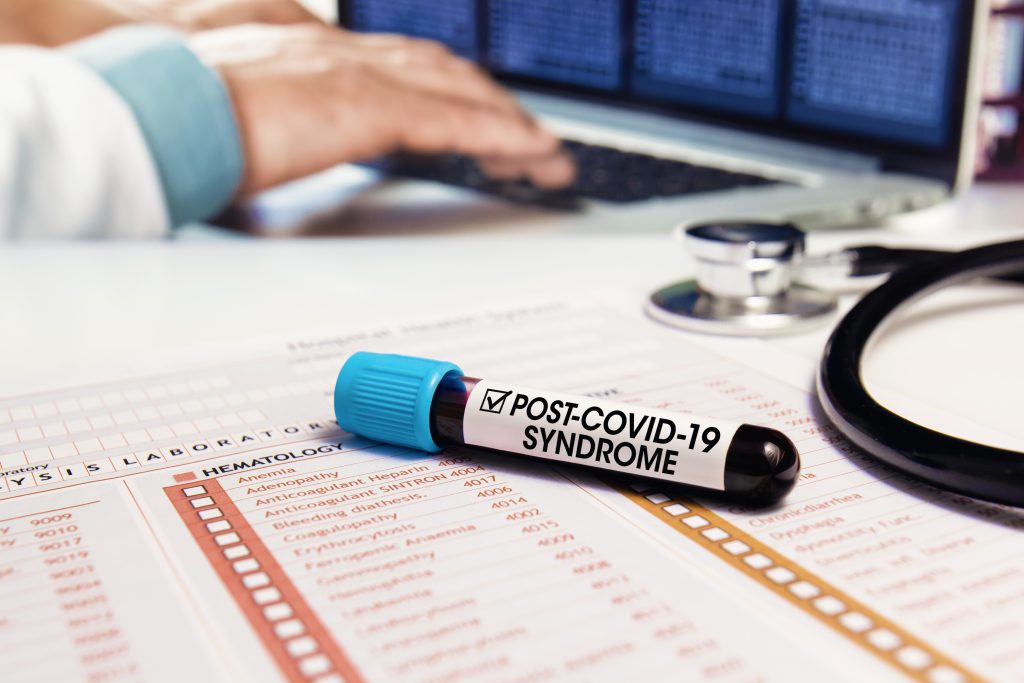Arq. Bras. Cardiol. 2023; 120(5): e20230282
The Clinical Impact of Cardiovascular Symptoms on Post-Acute COVID-19 Syndrome
This Short Editorial is referred by the Research article "Post-COVID-19 Cardiopulmonary Symptoms: Predictors and Imaging Features in Patients after Hospital Discharge".
The COVID-19 pandemic has intensely impacted people’s lives worldwide, generating, in addition to high mortality, high late morbidity, and negatively affecting health systems, remaining a significant global challenge today. In February 2023, World Health Organization records point to more than 756 million confirmed cases and approximately 6,845,000 deaths. Until the abovementioned month, approximately 36,961,000 cases were reported in Brazil, with about 698,000 deaths. Considering the substantial challenges related to comorbidity between heart disease and COVID-19, which go beyond the acute phase of the disease, further studies are needed to address the high burden of cardiopulmonary symptoms comprehensively. These investigations must be carefully planned, considering cost-effectiveness and clinical benefits for patients, to minimize inequalities in health care. In addition, it is essential to optimize social and mental care for patients. Cardiopulmonary involvement in COVID-19 continues to pose a major public health challenge. ,
The study by Kalil-Filho et al. included 480 survivors after hospitalization due to COVID-19 and evaluated the characteristics associated with the occurrence of cardiopulmonary symptoms and, especially, post-acute COVID-19 syndrome (PACS). It was a sample with a predominance of men, obese and with comorbidities such as hypertension, diabetes, and dyslipidemia. Almost a quarter of patients required intensive care admission, and only 12.2% required mechanical ventilation support. The prevalence of any of the symptoms was lower (32.1%) than that found in the literature, as well as PACS related to cardiopulmonary symptoms (16.3%). Notably, almost two-thirds of the population that underwent tomography (n=122) did not demonstrate pulmonary involvement. Thus, we observed that the analyzed population had a lower degree of severity related to COVID-19, justifying the lower prevalence of symptoms.
[…]
434

